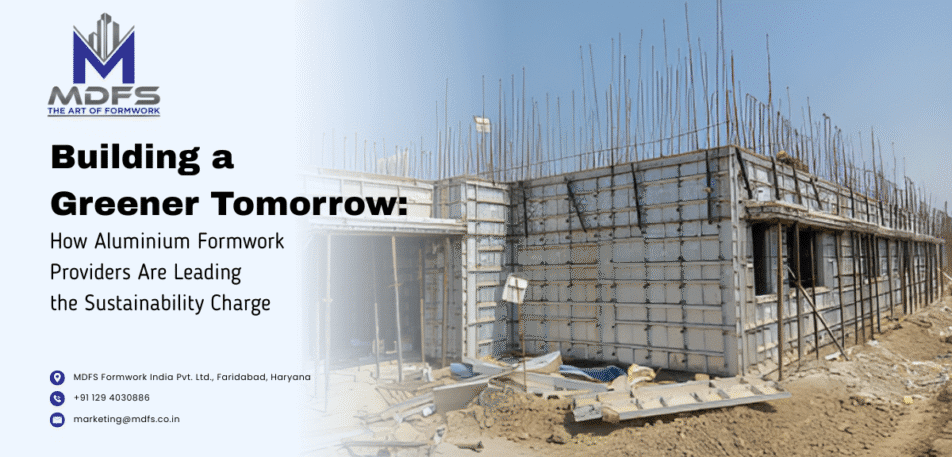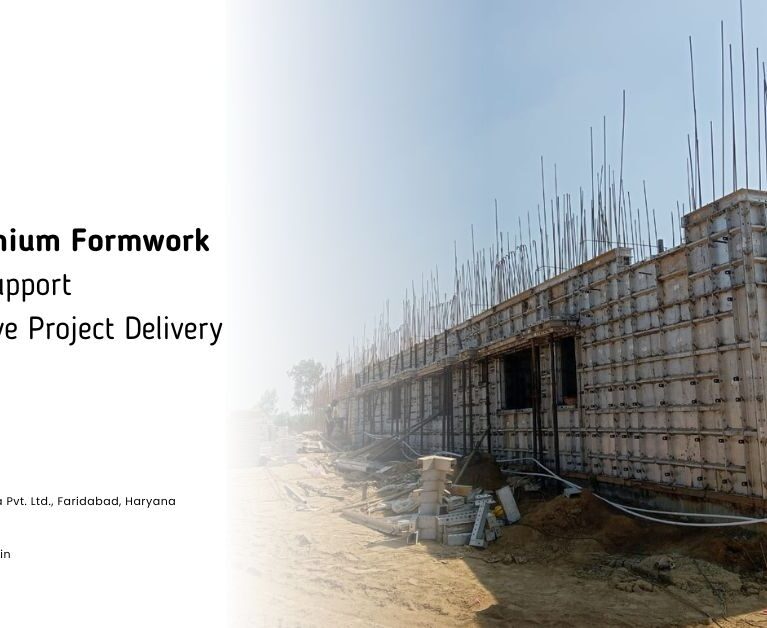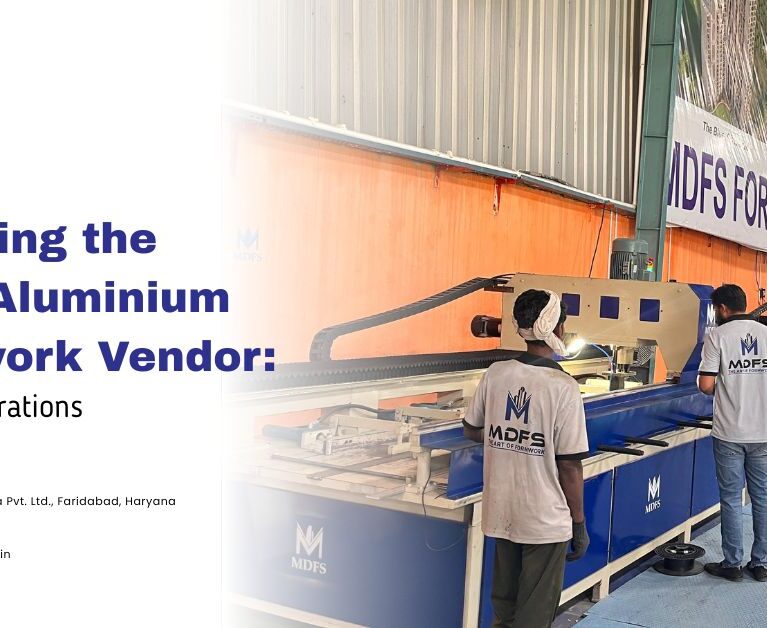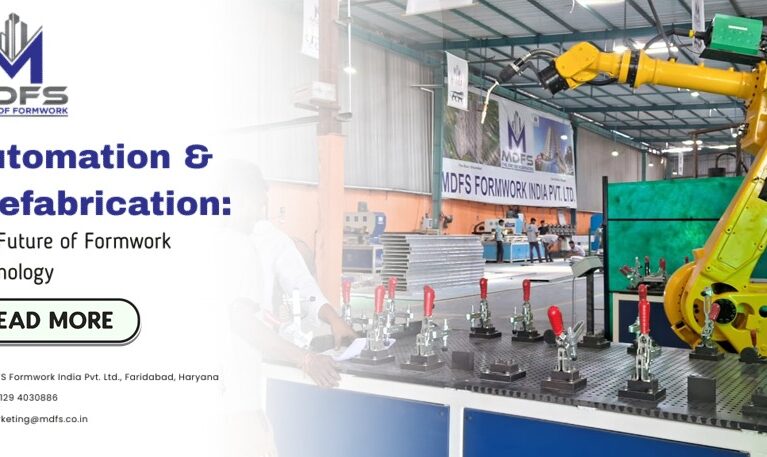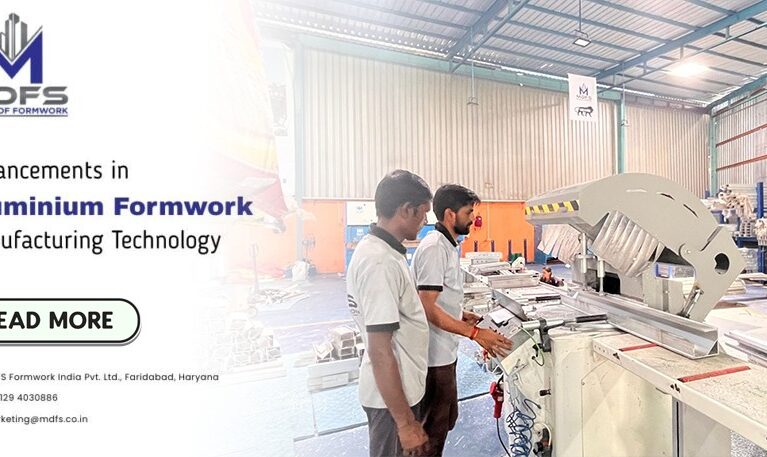Introduction
As the global construction industry evolves, sustainability is no longer an optional feature—it’s a necessity. With growing environmental concerns, the demand for eco-friendly materials and methods has never been higher. One sector that’s making a noticeable shift is the aluminium formwork industry. Today, responsible aluminium formwork providers are actively contributing to sustainable construction by reducing waste, increasing material reuse, and implementing energy-efficient production practices.
Why Sustainability Matters in Construction
The construction sector contributes significantly to carbon emissions, material waste, and water consumption. From traditional concrete formwork to non-recyclable shuttering systems, past practices have led to large-scale environmental degradation. However, sustainable formwork solutions, particularly aluminium-based systems, are transforming the way buildings are constructed—both economically and ecologically.
The Rise of Aluminium Formwork Systems
Aluminium formwork is known for its durability, lightweight design, and reusability. Unlike traditional wooden formwork, aluminium can be reused up to 200 times with minimal degradation, making it one of the most eco-friendly formwork systems in modern construction.
Key benefits include:
- Minimal Material Waste
- Quick Assembly and Disassembly
- Lower Carbon Footprint
- Enhanced Energy Efficiency in Production
- Safety During Implementation
Thanks to these benefits, more builders and developers are shifting to aluminium solutions, and aluminium formwork providers are rising to the challenge with innovative, sustainable practices.
Sustainability Practices by Aluminium Formwork Providers
1. Recyclable Materials
Most aluminium formwork providers now ensure their products are made from 100% recyclable aluminium. When a panel reaches the end of its lifecycle, it can be melted down and reused, eliminating landfill waste.
2. Energy-Efficient Manufacturing
Leading providers are investing in advanced machinery that consumes less energy during the production phase. Some are also adopting solar-powered facilities and waste heat recovery systems to reduce their carbon footprint further.
3. Optimized Design to Reduce Waste
Sustainable formwork designs minimize the number of components required on-site, which in turn reduces shipping weight and emissions. Modular, standardized parts also reduce the chance of overproduction and leftover waste.
4. Return-and-Reuse Policies
Some aluminium formwork companies have introduced return policies where contractors can return used panels for refurbishment. These panels are then re-treated, tested, and sent out for reuse, promoting a circular economy.
5. Digital Modeling and Planning
Using digital twins and 3D modeling, providers are optimizing project planning, ensuring accurate estimations and minimal on-site errors. This results in reduced material use and less energy-intensive rework.
Case Study: Eco-Conscious High-Rise Construction
One recent example involved a 25-story residential building constructed using aluminium formwork. The project reported:
- 60% faster construction time
- 70% reduction in timber usage
- Over 90% of formwork reused across floors
This wouldn’t have been possible without the commitment of the aluminium formwork provider to deliver not just equipment—but a sustainable construction solution.
Future Trends in Green Aluminium Formwork
As regulatory bodies push for greener construction, aluminium formwork providers will continue to innovate. We expect to see:
- Smart sensors embedded in panels for usage tracking
- AI-assisted design systems for zero-waste layouts
- More public-private partnerships to scale sustainable housing
Governments are also likely to offer tax benefits or incentives to developers who choose environmentally responsible suppliers.
How to Choose a Sustainable Aluminium Formwork Provider
If you’re a builder, contractor, or developer looking to go green, here are some tips for selecting the right aluminium formwork provider:
- ✅ Check for ISO 14001 environmental certification
- ✅ Ask for material traceability reports
- ✅ Review reusability guarantee and maintenance services
- ✅ Ensure local manufacturing to reduce transportation emissions
- ✅ Evaluate their innovation in energy efficiency and design
Conclusion
The journey to a sustainable construction ecosystem is a collective one—and aluminium formwork providers are proving that durable, scalable, and eco-conscious solutions are not only possible but already here. As clients, architects, and governments place more emphasis on environmental responsibility, choosing a provider that prioritizes sustainability is not just good ethics—it’s smart business.
Let’s build the future—greener, stronger, and smarter.


